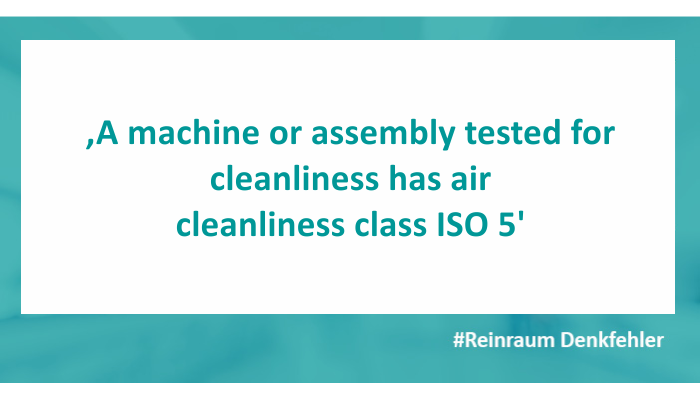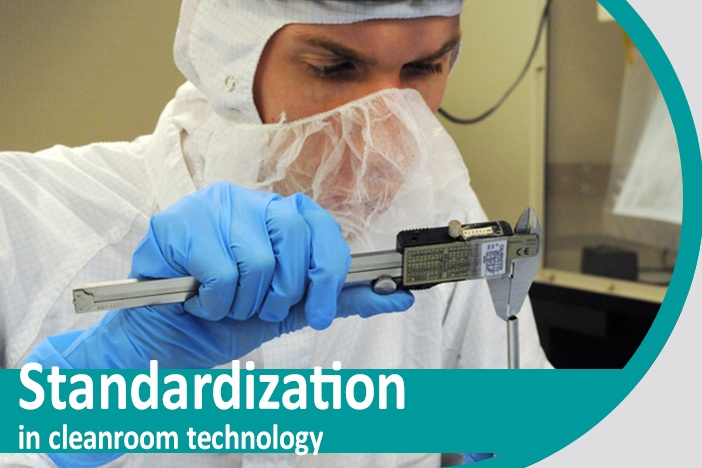Thinking error 20: A machine or assembly tested for cleanliness has air cleanliness class ISO 5
What cleanroom class does the machine have? You know this question. How is it possible to describe a machine, system, component, material or surface...
1 min read
Joachim Ludwig 26.3.2025
Cleaning agents that are capable of removing particles and filmic contamination to clean individual parts, assemblies and machines for cleanroom applications and clean areas cannot be avoided.

Usually the cleaning is done with approved cleaning agents as DI water, isopropanol or even various surfactants, mostly in combination with DI water. Eventually, the question arises which amount and what type of residues may still be left on the technical surfaces after cleaning? DI water and isopropanol evaporate without leaving any residue within a very short time, while surfactants dry up and remain on the surface. These surfactants should also be removed with DI water.
By looking at the life science industries, where microbiological purity is very important, the cleaning procedure consists of cleaning, disinfecting, and cleaning the surfaces from the disinfectant.
High tech industries, such as the semiconductor industry and its suppliers, don`t take the risk that applied cleaners (except isopropanol) may not be completely removed from surfaces. Therefore, it is strictly forbidden to deviate from the approved media. In addition, the evaporation of these non-approved cleaners may affect neighboring processes negatively.
Examples are:
Acetone, which dissolves plastics and is extremely harmful to health
The list can be continued and the only useful cleaners left will be DI water and isopropanol.
The use of any other cleaner is only allowed, if it can be removed completely. This is possible for single part cleaning in cleaning and rinsing baths but not suitable for assembled assemblies or machines.
Therefore, it is important to understand the entire process chain – from the suppliers to the end product to ensure a perfect cleaning result.

What cleanroom class does the machine have? You know this question. How is it possible to describe a machine, system, component, material or surface...

As interest in cleanroom technology grew across countries and industries, the need for a uniform definition of cleanroom standards and norms also...

For many people, cleanroom technology is something mystical and mysterious that they don't necessarily want to deal with directly. Many people are...